IMO 2020: Changes for the Shipping Industry
- Facts
The IMO 2020 regulation has become effective as of January 1, 2020, lowering the global limit for sulfur content of ships’ fuel oil on the high seas from 3.5 to 0.5 percent. This will significantly reduce the ecological footprint of shipping and have a lasting impact on the maritime industry. We took a look at the different options carriers have to comply with the new regulation.
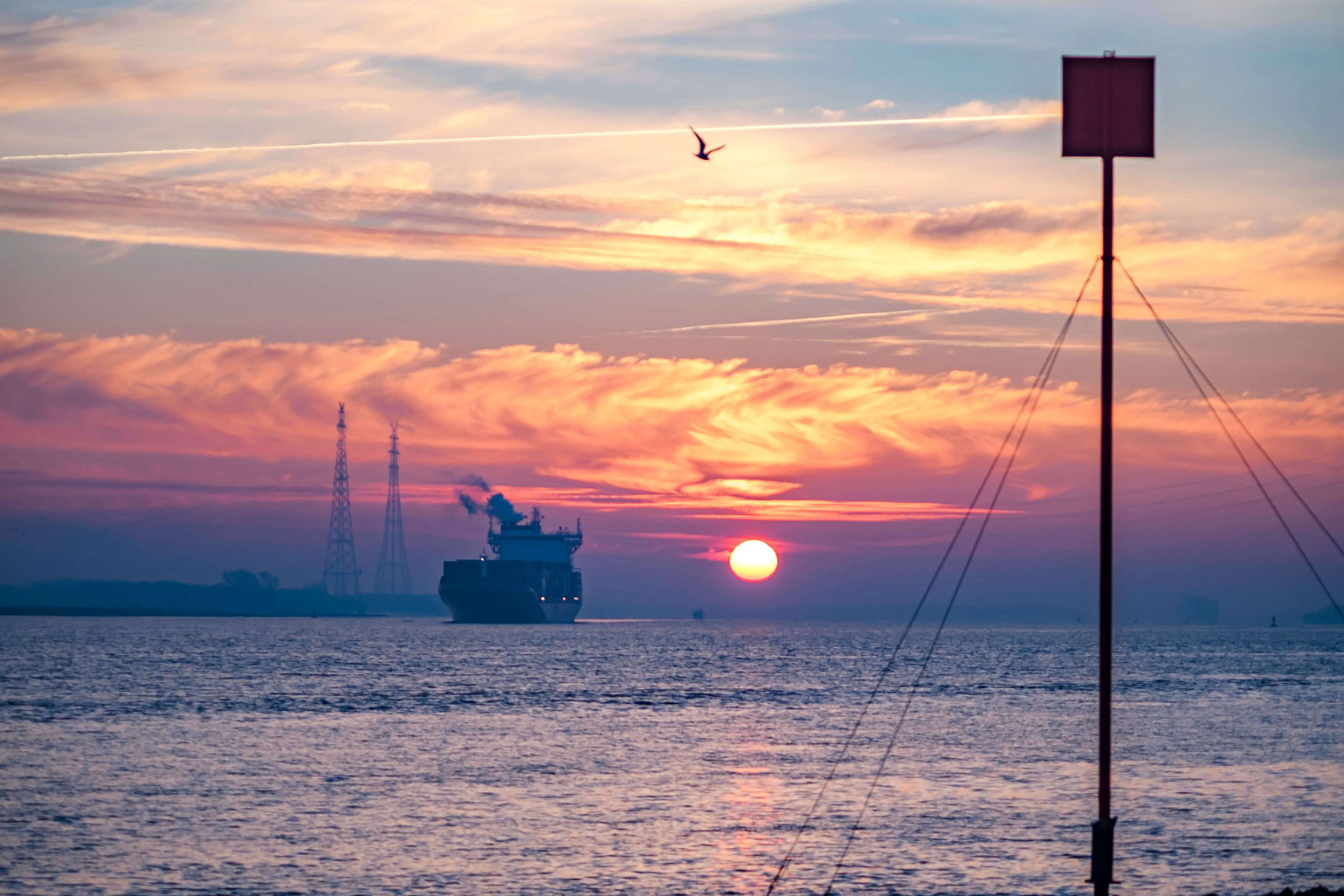
Anxiously anticipated by ocean carriers, logistics providers and international trading companies, the environmental regulation known as IMO 2020 became effective at the start of the year. The new global standard is sure to have far-reaching consequences on the shipping market. Some industry insiders have even compared these changes to the technological transformations associated with the switch from wind and coal to oil as a propulsion method. (Incidentally, some carriers have recently experimented with switching back to wind as a more environment-friendly alternative, but for now, this option is only viable for small shipments.) Others point out that this transformation already began years ago. In fact, for several specified Emission Control Areas (ECA) – namely, the Baltic Sea area, the North Sea area, the North American area and the United States Caribbean Sea area – the sulfur limit has already been lowered to 0.1% as of January 2015.
One thing is for certain: The new, low-sulfur fuels are considerably more expensive than the previously used fuels with 3.5%. And the alternatives – LNG and exhaust filters – both come with significant initial investments. This means that maritime transport is faced with notable additional costs. Following intensive negotiations during the last months of 2019, it has become apparent that these cost increases will be passed on to cargo owners. Large cargo contracts for 2020 are generally equipped with bunker formulas reflecting the increased prices of the new, low-sulfur fuel. In fact, shipping companies have already been charging these extra costs since the fourth quarter of 2019. The annual costs for the whole industry are estimated at around 60 billion USD, but how exactly the prices will develop remains unclear for the moment.
What options do carriers have to comply with IMO 2020?
- Usage of compliant fuel (max. 0.5% SOx emissions in exhaust)
- Usage of LNG (Liquefied Natural Gas) as alternative fuel
- Usage of exhaust filter systems or ‘’scrubbers’’
Beside the use of low-sulfur fuels, carriers currently have two other options available in order to comply with the IMO 2020 regulation: They can use LNG as an alternative fuel, or install exhaust filters, also known as "scrubbers".
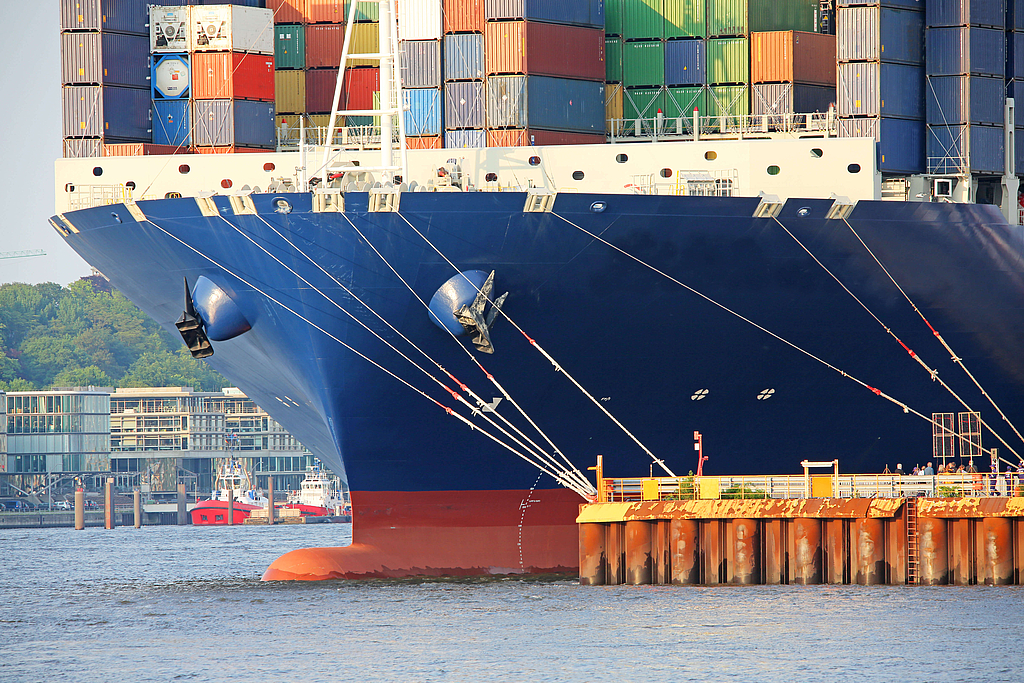
What is the IMO?
The International Maritime Organization (IMO) is a specialized agency of the United Nations whose primary purpose is to develop and maintain a comprehensive regulatory framework for shipping. Its areas of responsibility include safety, environmental concerns, legal matters, technical co-operation, maritime security and the efficiency of shipping. The IMO was established following a UN conference held in Geneva in 1948 and came into existence ten years later, meeting for the first time in 1959. Headquartered in London, the IMO currently has 174 member states and three associate members. More information about IMO 2020 can be found on the IMO website.
Option 1: Compliant fuel
The use of low-sulfur fuel is the most straightforward option and requires no major investments in vessel adaptations. In recent years, some new fuel oil blends have been developed, including a gas oil with a very low sulfur content that can be blended with heavy fuel oil to reduce its sulfur content. Meanwhile, some ships have already been using low-sulfur fuel to meet the even stricter limit of 0.1% when navigating through the established Emission Control Areas (ECA). For the foreseeable future, the low-sulfur fuels come with significantly higher fuel costs. As of January 2020, prices for the low-sulfur fuels amount to approximately 550 USD per ton, which is roughly 200 to 250 USD higher than heavy-sulfur (3.5%) fuel. Nonetheless, this option is seen as a viable short-term method to comply with IMO 2020.
Option 2: LNG (Liquefied Natural Gas)
Liquefied natural gas is the cleanest burning fossil fuel and represents the most environment-friendly solution out of the three options. Compared to the previously used high-sulfur fuel, LNG results in a 27 percent reduction in carbon emissions. Compared to the new, low-sulfur fuels, this still amounts to a 10-20 percent reduction. In addition, fuel costs are lower than for the new low-sulfur fuels. The only drawback is that the use of LNG requires different tank and fuel systems, which represent a considerable one-time investment. Despite this cost factor, experts estimate that vessels with LNG-powered engines are likely to become more important in coming years. In fact, LNG is already the fastest-growing marine fuel segment.
Option 3: Exhaust filters, a.k.a. “Scrubbers”
Sulfur scrubbers represent a lower initial investment than LNG systems and allow for the continued use of heavy fuel with 3.5% sulfur. There are two, or rather three types of scrubber systems: open-loop, closed-loop and hybrid systems. Closed-loop scrubber systems use chemical solutions to contain the sulfur. The resulting toxic waste needs to be disposed of, which comes with a cost. In addition, the chemicals used in the process are corrosive, so special tanks are needed.
In contrast, open-loop scrubber systems remove the sulfur from the exhaust gas by using seawater as an absorbent. After absorbing all the emissions from the air, the wastewater is discharged directly into the ocean. This has raised questions as to whether this method might actually defeat the intent of IMO 2020. While some advocates argue that the effects on the ocean are negligible, many others remain skeptical.
Finally, the new generation of hybrid scrubbers combines both systems, enabling a flexible shifting between the two operational modes. Considering the predicaments of both open- and closed-loop technologies, it would appear that the use of scrubbers can only serve as an intermediary solution for complying with IMO 2020. In the long term, shippers will likely have to implement a full transition to a new fuel type, whether it will be low-sulfur fuel, LNG or possibly even a new propulsion method.

“The burden on the world’s oceans caused by heavy fuel oil cannot be justified”
- Interviews
Dr. Sebastian Kummer is a renowned expert in the transport and logistics industry. We asked him for his opinion about current industry topics as well as a well-founded forecast of 2020.
More information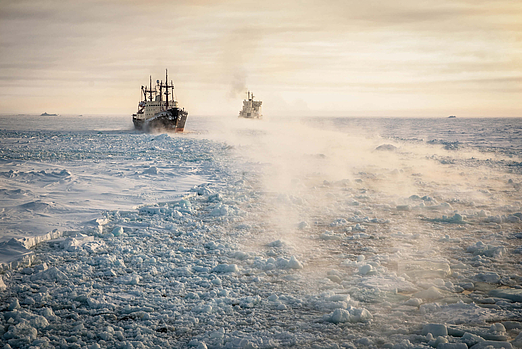
A shortcut through the Arctic?
- Facts
The Northern Sea Route is the shortest maritime route from Europe to Asia. Its only drawback is that it is icebound and impassable for half the year. But it seems this is already changing.
More information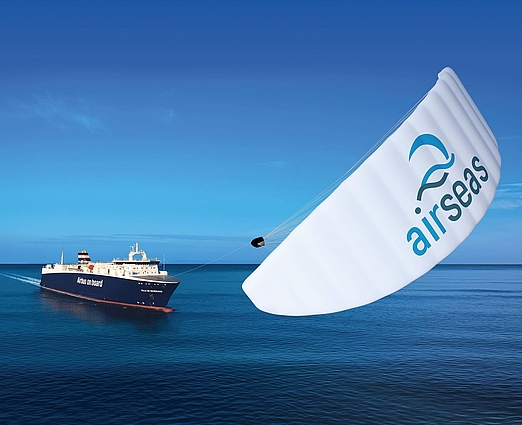
How sails and kites are reducing fuel consumption in a breeze
- Facts
Since mankind’s first endeavors on the high seas, we have taken advantage of the wind. Have you heard about additional sails or kites as a support to conventional propulsion methods?
More information
“This is where it's at!”
- Interviews
We talked to Axel Mattern, CEO of Hafen Hamburg Marketing, about reason in times of trade conflicts, the limited learning capacity of large ocean carriers and Hamburg's role as a leading hub…
More information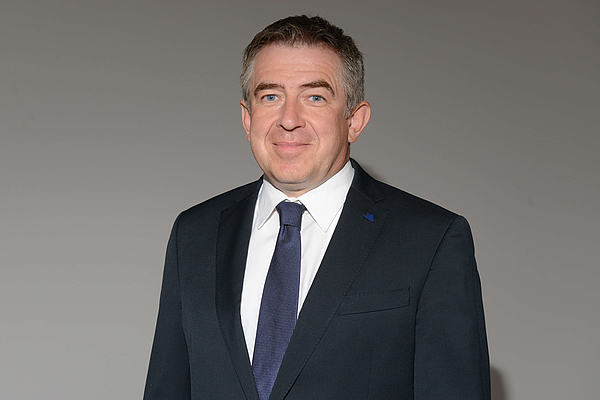
“The new IMO 2020 is an important measure towards making our oceans cleaner and reducing the environmental and health impacts of the shipping industry. cargo-partner fully endorses this measure in the interest of environmental protection. Thanks to close cooperation with our long-time shipping partners, we can offer flexible, reliable and cost-efficient solutions for your seafreight shipments. Our experts will be glad to consult you in detail.”
